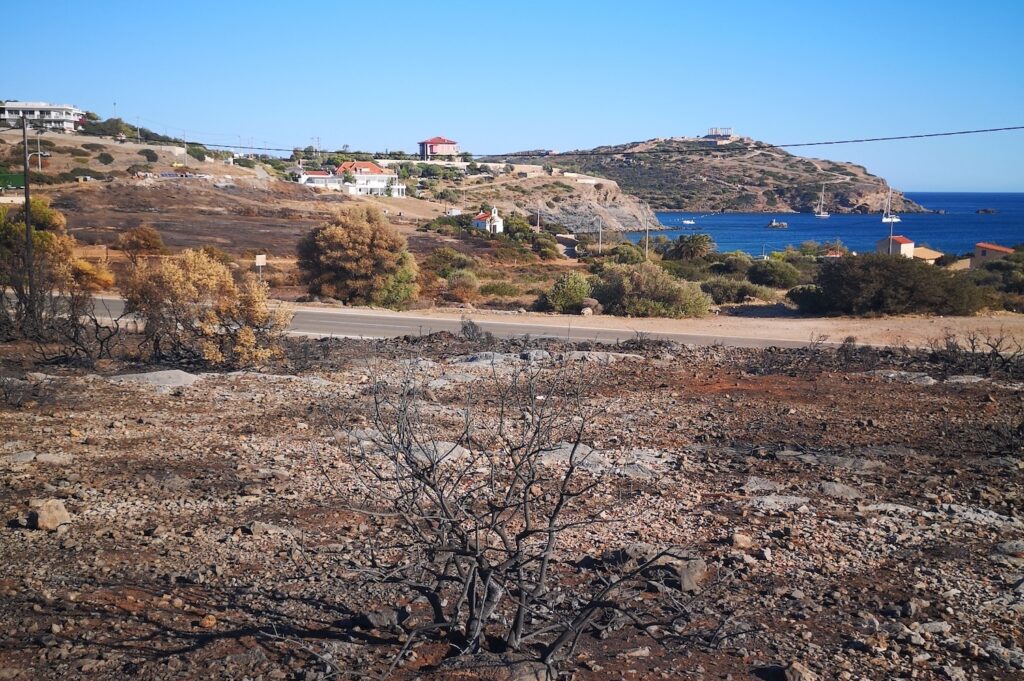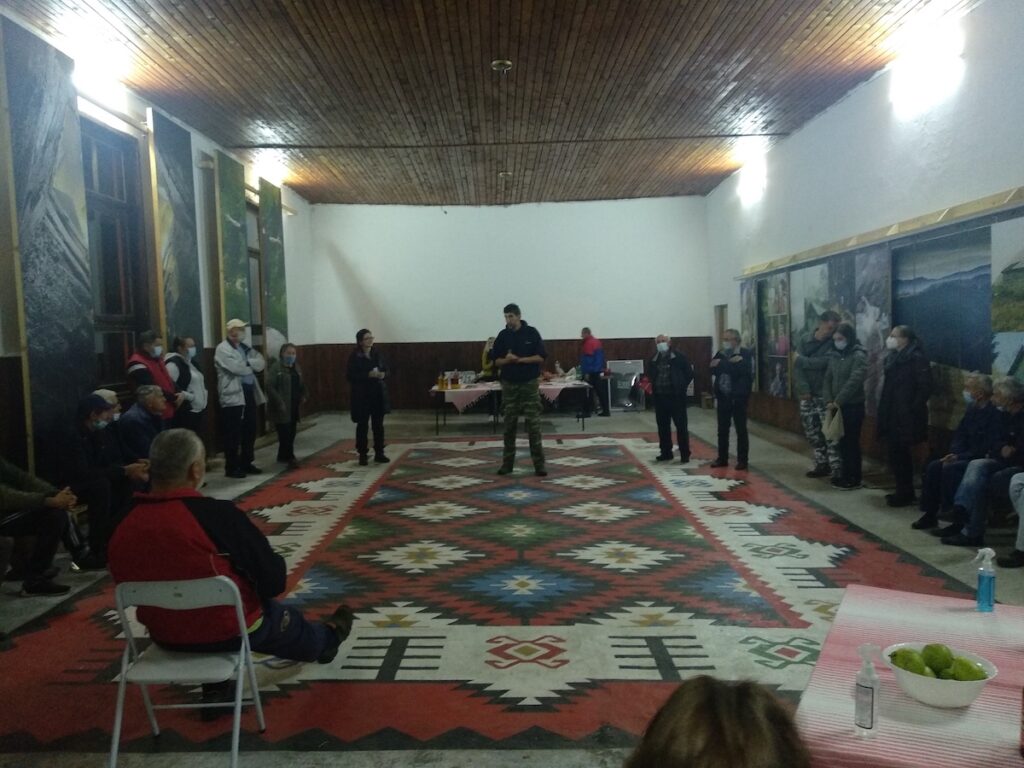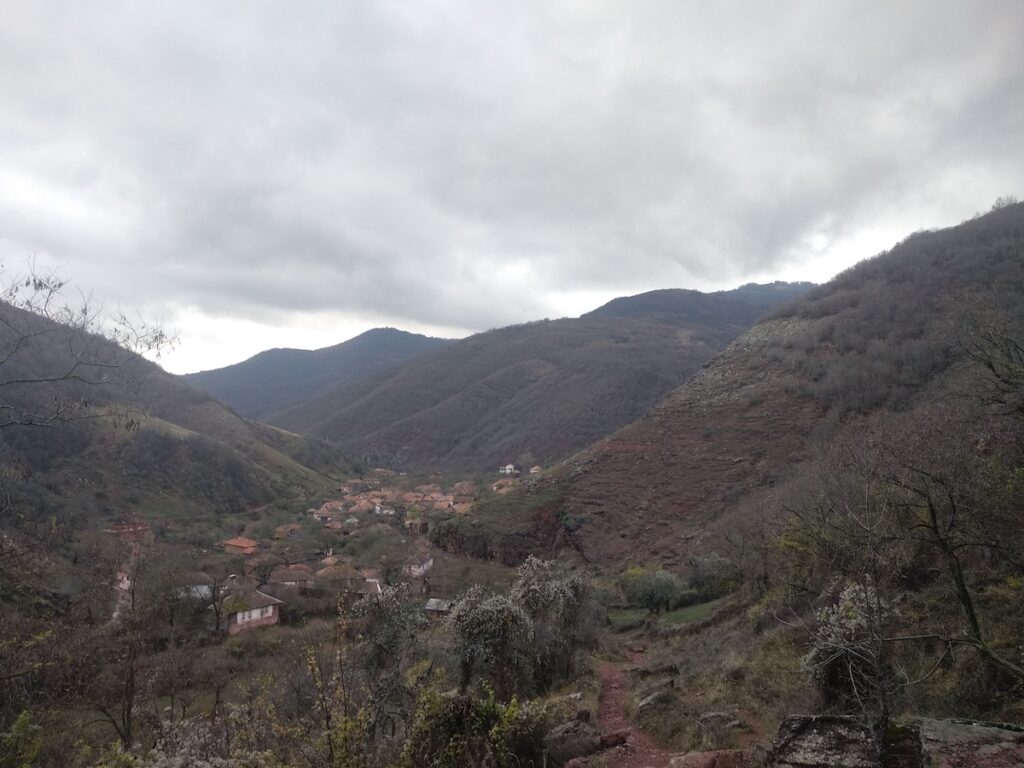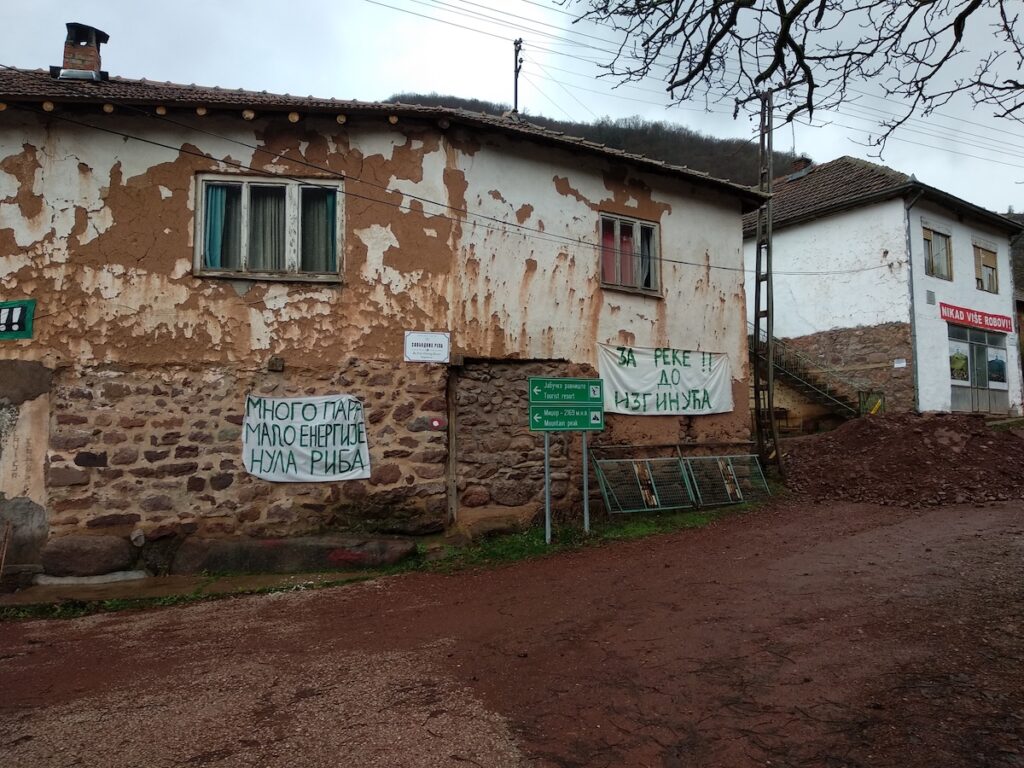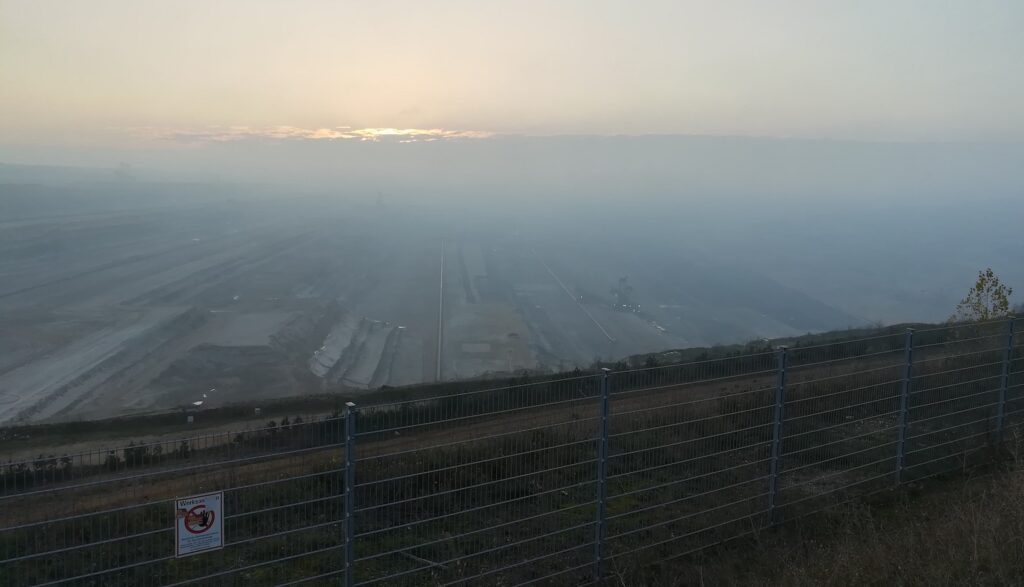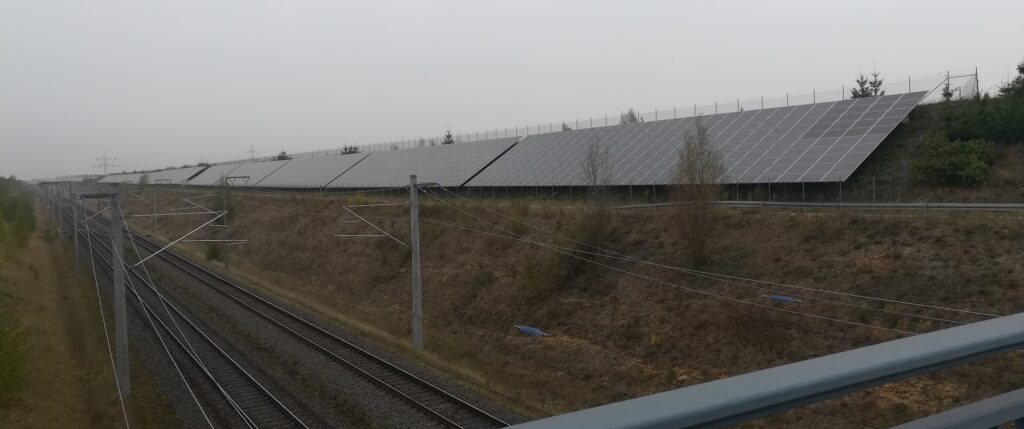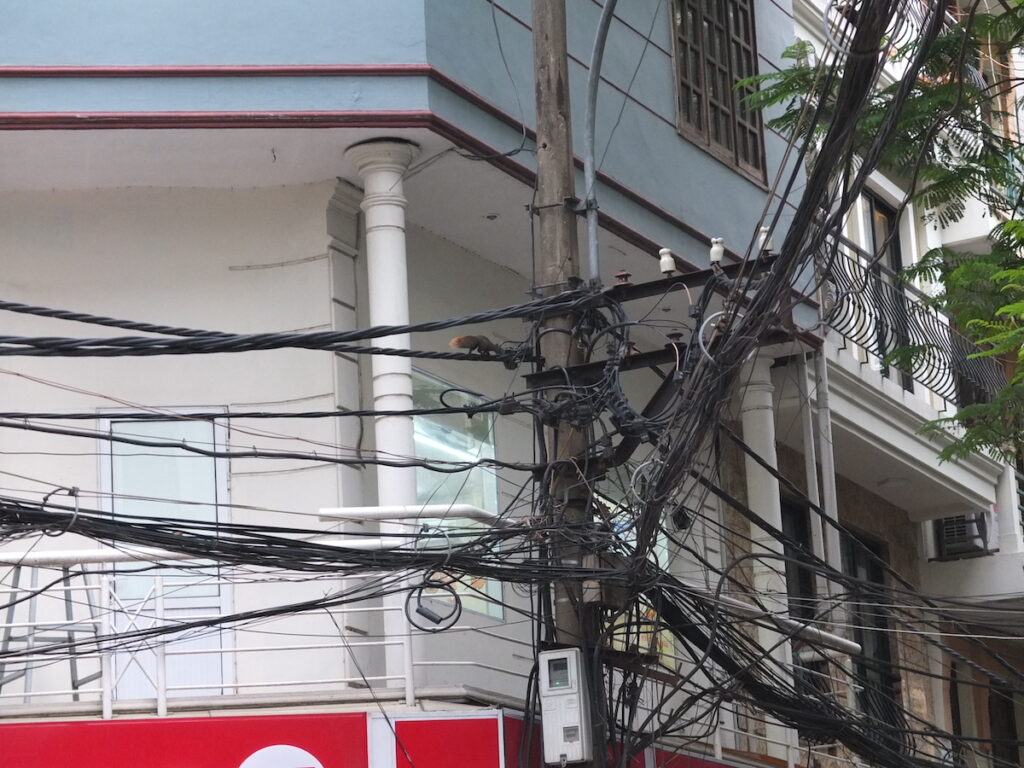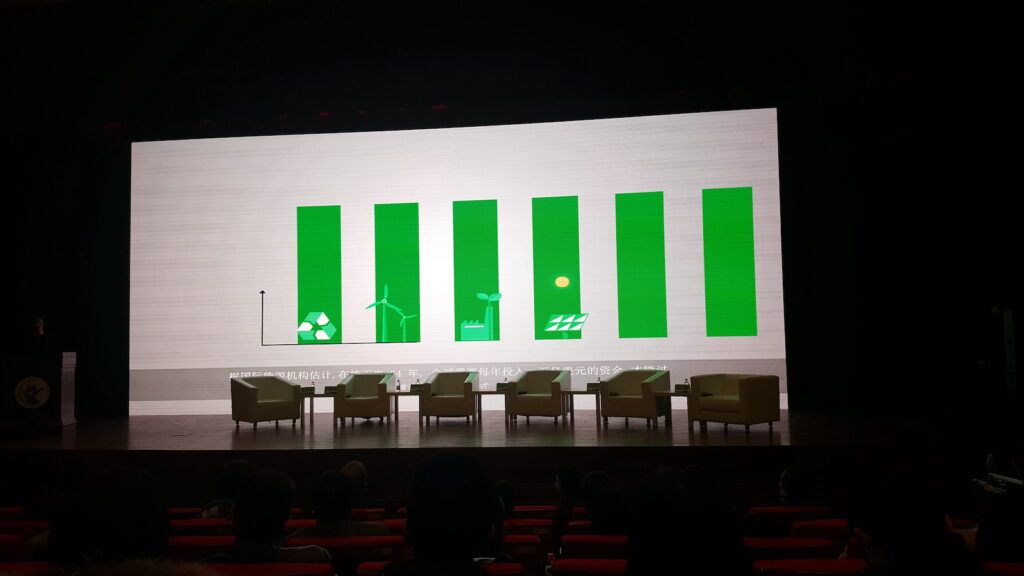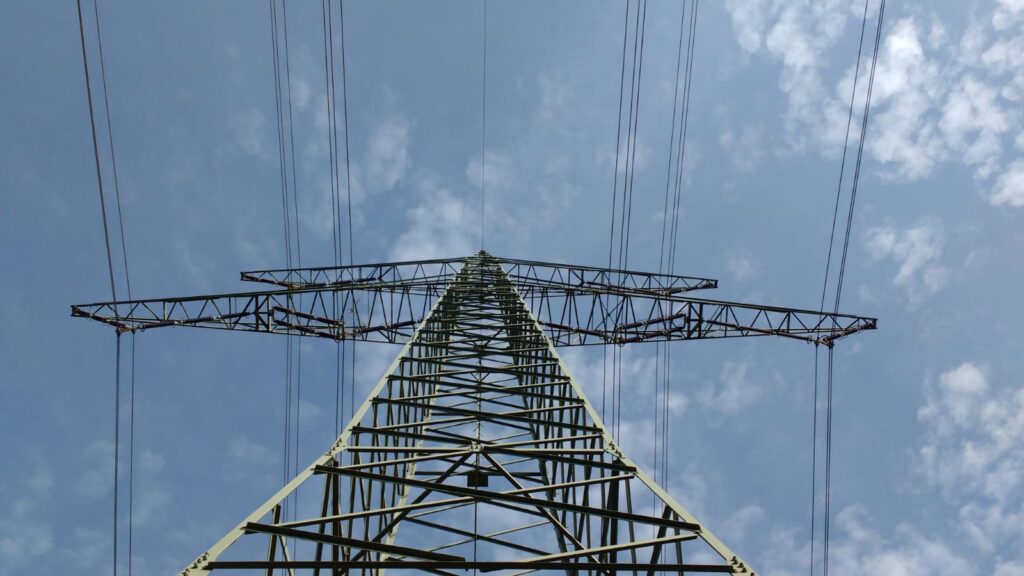The spectacle of Russia invading Ukraine has elevated tensions over Europe’s access to natural gas and may herald a sea-change in regional geopolitics of energy. But prior to Putin’s war, energy crises played out across dozens of countries in 2021. Ramped up economic demand in the fourth quarter contributed to many, but there were forewarnings of instability – from rolling blackouts during California wildfires to over 200 bankruptcies of US gas fracking companies since 2015 due to high debt and low prices.
Ironically, Coronavirus lockdowns in early 2020 accomplished in one fell swoop what divestment activists only dreamed of when oil and gas stocks crashed, leading to a write-off of $145 billion in oil/gas assets by year’s end. But outcomes to date do not include greening. The US government rescued the industry with $120 billion in direct and indirect pandemic stimulus funds and benefits. The industry diverted the largess into stock buybacks and dividends, rather than invest in (green or brown) production.
The fragility of gas infrastructure involves more than financial debt. As a surge of Covid-19 cases overwhelmed Texas hospitals in February 2021, a wicked polar vortex and ice storm brought the state to a standstill due to prolonged blackouts caused by frozen gas lines, leaving over 5 million families without heat in the extreme cold, some for up to a week. Temperatures fell to 6° F (-14° C) in Austin, where lows seldom drop below 40° F (4.4° C).
More crises followed. In June, just weeks after a private consortium took over Puerto Rico’s rickety electric grid, a substation fire and a series of blackouts left a million islanders without power. By fall ongoing grid failures prompted mass protests from a weary public that had only three years earlier gotten the lights back on after an 11-month blackout from Hurricane María. Prolonged outages also followed Hurricane Ida’s August landfall in New Orleans.
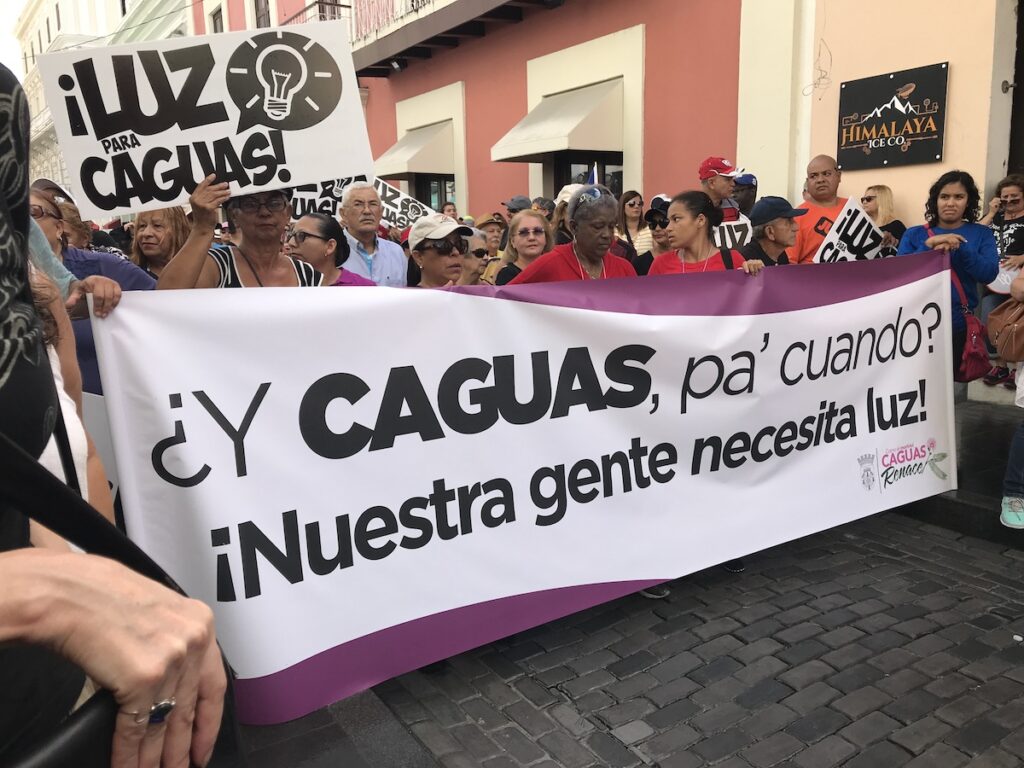
Then as economic demand rose in the fall, fuel shortages and high coal and gas prices spurred energy crises in Europe (especially the United Kingdom), Pakistan, Singapore, China, India, South Korea and Lebanon, including blackouts and/or steep hikes in electric bills. The high gas prices reflected, in part, low production from collapsed demand in 2020 that left US frackers dependent on previously drilled wells, while lenders, burned from bankruptcies, were hesitant to extend them credit. Tensions with Russia, source of over a third of EU gas supplies, added to perceived risks. Pandemic economic stresses contributed to energy crises, as did extreme weather and grid fragilities from poor maintenance during decades of utility deregulation.
This essay discusses the social and political costs of energy crisis, with a focus on the Texas and UK cases, based on study of over 150 government, non-profit, academic and media reports, and participation in two panels on the freeze blackout at the University of Texas -Rio Grande Valley. I draw on other research, including ethnographies on earlier energy crises in Puerto Rico and Greece (Smith-Nonini 2020a, 2020b), to sketch out common patterns and implications for a green transition.
The Matrix of our Bodies Electric
The multiple factors behind these crises attest to the complex nature of the grid – simultaneously an aging mechanical infrastructure and cultural artifact, shaped by specific histories and geographies (Bakke 2017) amid a volatile capitalist industrial ecology of fuel flows, climate change, growing inequality and new risks of contagion.
Blackouts often result from the convergence of unusual weather, poor regulation and incentives that reward profit-seeking at the expense of grid maintenance or equitable rates. Prolonged grid breakdowns contribute to energy poverty, or lack of access to energy, which affects 25% of humanity and is both a cause and result of “underdevelopment.”(Sovocool and Dworkin 2014).
But recent energy crises highlight “new energy poverty” in industrialized countries. Most low-income US families qualify as energy poor (i.e., over 10% of incomes spent on utilities) (Mohr 2018), while over 50 million Europeans struggle to pay utility bills – especially in the UK, Eastern Europe, and Mediterranean area (Bouzarovski 2014).
Grid fragility has been exacerbated since the 1990s by pressures to break up and privatize profitable assets of public utilities, a trend associated with rate increases, service cuts, and increased utility debt, especially in indebted countries where privatization is a condition of loan agreements and utility regulation is often weak (Luke 2010, Palast et. al 2003).
Nearly ubiquitous access to electricity in wealthy countries obscures the magnitude of fossil fuel dependence that underwrites modernity. Hurricane María’s 2017 destruction of Puerto Rico’s grid plunged residents into the worst blackout in US history. “The country was upside down,” a local activist observed, noting that while power is not considered a basic need like water, “people cannot afford to be in this society — a high energy society — without electricity” (Smith-Nonini 2020a).
The storm laid bare electricity’s role as routine conduit for basic needs. Around 3000 people died, including many reliant on power for medical therapies. A million lost water service. Residents stood in long lines for food, which grew scarce, and had to survive for weeks with cash on hand for lack of bank machines (Smith-Nonini 2020a).
Inside Pandemic-related Energy Crises
The February 2021 Texas Freeze Blackout
The Texas freeze caused over 700 deaths and blacked out 4.5 million households. COVID patients could not access care and stores ran out of food. Republican Governor Greg Abbot blamed frozen windmills, but had to walk this back once it was clear that frozen gas lines supplying power plants caused 55% of the outages. The news was a shock to this petro-“state” where fracked gas and oil are credited with restoring US global economic clout since the 2008 financial crisis.
A failure to weatherize the grid was widely blamed for the debacle. Unlike some islands (e.g., Puerto Rico) that lack options for grid sharing to shore up reliability, Texan politicians voluntarily isolated their grid from other states after an earlier 2011 freeze to evade federal weatherization rules (Busby, et al. 2021). Two cold snaps in early 2022 that reduced gas flow highlighted the fact that weatherization of gas lines remains only partially completed.
During the 2021 freeze, administrators of the largely deregulated grid marked up the wholesale electricity price to $9,000 per MWh (vs. a $22 per MWh average in 2020) in a failed bid to incentivize more gas production. This led to an estimated $50 billion in charges over five days to energy retailers and ratepayers, causing many suppliers to incur large debts and bankrupting three utilities. Meanwhile, other energy generators and suppliers with “variable contracts” earned billions because they were allowed to pass the astronomical rates to ratepayers, most of them unaware they could be hit with a monthly bill of $10,000 or more due to factors outside their control (Busby, et. al 2021).
Rather than cancel what some would call “odious debt,” Republican state legislators later socialized the debt, offering long-term payment plans to customers and issuing state-backed bonds for $7 billion in low-cost loans to impacted energy companies. Many lawsuits remain pending. One involves Energy Transfer Partners (ETP), a large gas company that earned $2.5 billion during the storm, and later contributed $1 million to Gov. Abbott’s campaign chest. $300 million of ETP’s profits were billed to San Antonio’s municipal utility, whose residents now face a surcharge to cover the tab. The city has sued ETP.
Overall, gas companies took home $11 billion; other winners in the Texas “power pool” included speculators—banks and energy trading companies—which placed lucrative bids on prices while Texans burned furniture to stay warm, but had no role in actually supplying energy.
The 2021 British (and European) Energy Crisis
In October, a five-fold rise in natural gas prices in Europe, along with a drop in wind power and Brexit complications, led to steep price hikes for British wholesale electricity and warnings from National Grid, the system’s corporate operator, of possible winter power cuts. The inflation was linked to shortages of Liquified Natural Gas (LNG), in part from ramped up Chinese demand, and speculation over geopolitical tensions, given the EU’s heavy reliance on Russian gas. UK electricity is 40% dependent on gas, roughly double the level for the EU.
Regulators raised the UK public cap on electric rates by 12%, and it goes up another 54% in April, the largest cost of living increase in a quarter century. An early 2022 government aid package will offset costs for low-income families, and allow extended payments, but regulators warn the cap may rise further. An astounding 29 utilities (mostly small, poorly vetted retailers) in the UK’s “power pool,” went bankrupt since the cap forced them to absorb extra costs, leaving millions of ratepayers without service. One large utility, Bulb, was bailed out by the government, which failed to take wider action. Meanwhile, North Sea oil and gas firms, long-term heavy donors to Tory politicians, took home windfall profits, leading to calls for new taxes on the sector.
Ironically, after long delays on renewables, in 2019 the UK had expanded wind power to a remarkable 28% share of electric power, but a rare calm weakened the turbines’ output in mid-2021. Also, a fire in a trans-channel electric cable and new Brexit rules disrupted a promising system of cross-border undersea cables aimed at mitigating supply shortfalls.
Competition with China over LNG gas helped drive prices up. China had phased down coal due to an economic slump, climate goals and Olympic optics, but encountered an energy shortage as demand ramped up in the fall. To compensate, officials reversed a Trump-era ban on US gas imports and Sinopec signed long term contracts for LNG offering higher prices than EU importers, which diverted many LNG tankers to Asia.
Prices peaked in Europe at a record 171.40 euros/MWh just before Christmas due to tensions over lower-than-normal Russian gas flow to Europe and the Nord Stream 2 pipeline. They moderated, then soared again in late February as Russia invaded Ukraine.
Patterns of Grid Fragility behind Energy Crises
Extreme weather was a factor in many 2021 crises – deadly storms, shifting winds, and Asian floods (which cut coal production). Also, rapid growth in electricity demand year over year (e.g. video streaming, Bitcoin mining) has put pressure on power plants, feeding a narrative from conservatives and business critics that the green transition is the problem, and more gas plants the solution.
But many crises have deeper roots. Since the 1980s, 18 US states and over 35 countries, (including the UK and much of the EU), have partly or fully deregulated electricity. Neoliberal policies favoring such “unbundling” have resulted in privatization of profitable assets, widespread layoffs of utility workforces and neglect of grid maintenance (often left to state authorities). The reforms enabled renewable energy on the grid, and promised lower rates, but hurt public oversight (Oppenheim 2016), while favoring extraction of profits and speculation through energy trading. California’s 2000 Enron debacle, Puerto Rico’s 2021 grid failure after a hasty privatization, steeply priced electricity in Central and Eastern Europe –where energy poverty is high — (Bouzarovski 2014) and are examples of deregulation’s downsides.
In many places, including the UK and Texas, large corporate players dominated the deregulation process, precluding actual competition and setting the stage for steep consumer fees and rates that outweigh earlier cuts in rates. This corporate control enabled the 2021 price gouging of Texas and UK ratepayers and the string of British utility bankruptcies.
During earlier energy crises in Greece and Puerto Rico, steep price hikes for electricity tied to austerity over public debt, left many consumers unable to pay bills, with some turning to energy theft (an option aided by organized anti-debt advocates in Greece). Loss of revenues fed back on public utilities causing institutional debt and providing a rationale for privatizations that benefitted hedge funds and foreign investors more than ratepayers (Smith-Nonini 2020a, 2020b).
These energy crises expose the socio-material path dependency embedded in grid infrastructures which creates friction, slowing green transitions, while creating scalar vulnerabilities to disruption that are difficult to predict and have complex repercussions (Boyer 2017). A key question is whether the 2021 crises are short-term, or evidence of a long-term mismatch between supply and demand rooted in resource limits intertwined with capitalist contradictions.
Notably, growth in conventional global oil/gas production has been tepid since 2005, and unconventional extraction (e.g. fracking and deep-sea drilling) is not profitable without high debt and large state subsidies. Also, volatile energy markets often fail to satisfy both consumer needs for affordability and corporate needs for growth, provoking new crises.
In late 2021 the International Energy Agency reported that growth in renewables won’t supplant fossil fuels in time to keep global heating below 1.5°C, and the gap – as electric grids expand and fossil energy is phased out (or loses profitability) — will feed destructive cycles of volatility in markets for energy and energy-intensive goods, including food. The current spike in natural gas prices has driven up fertilizer costs, which is likely to exacerbate regional food crises.
An understudied problem is how divestment and pandemic capital destruction will affect the green transition. Can energy crises stimulate degrowth innovations? Might fledgling movements for community solar (e.g., as exist in Cuba, Hawaii, and Puerto Rico) help solve energy poverty and climate goals at the same time?
But scaling up, for society to transition we need stable grids. As an environmental advocate once told me, “We need to burn some fossil fuels to get to where we don’t need to.” If electricity is to be the centerpiece of a renewable future, we have much work to do. We should start by demanding accountable public oversight of electric systems.
Sandy Smith-Nonini is a research assistant professor of anthropology at the University of North Carolina, Chapel Hill. She produced “Dis.em.POWER.ed: Puerto Rico’s Perfect Storm,” a film on the causes of the longest blackout in US history, and is the author of Healing the Body Politic .
References
Bakke, Gretchen. 2017. The Grid: The Fraying Wires between Americans and Our Energy Future. Bloomsbury.
Boyer, Dominic. 2017. “Revolutionary Infrastructures” Infrastructures and Social Complexity, eds: P. Harvey, et. al. CRESC.
Bouzarovski, Stefan 2014 “Energy poverty in the European Union: landscapes of vulnerability.” WIREs Energy and Environment 2014, 3: 276–289.
Busby, Joshua W. et al. 2021 “Cascading risks: Understanding the 2021 winter blackout in Texas.” Energy Research & Social Science, 77: 102-106.
Luke, Timothy. 2010. Power Loss or Blackout: The Electricity Network Collapse of August 2003 in North America, 55-68, in Disrupted Cities: When Infrastructure Fails, ed. S. Graham, Routledge.
Mohr, Tanga M. 2018. “Fuel poverty in the US: Evidence using the 2009 Residential Energy Consumption Survey.” Energy Economics 74: 360–369.
Oppenheim, Jerrold 2018. “The United States regulatory compact and energy poverty.” Energy Research & Social Science 18 (2016) 96–108.
Palast, Greg et. al. 2003. Democracy and Regulation: How the Public Can Govern Essential Services. Pluto Press.
Smith-Nonini, Sandy. 2020a. “The Debt/Energy Nexus behind Puerto Rico’s Long Blackout: From Fossil Colonialism to ‘New’ Energy Poverty.” Latin American Perspectives 232: 47(3): 64–86.
Smith-Nonini, Sandy. 2020b. “Networked Flows through a ‘Porous’ State: A Scalar Energo-political Analysis of the Greek Debt Crisis”, in The Tumultuous Politics of Scale, eds: D. Nonini and I. Susser, Routledge Press.
Sovocool, Benjamin and M. Dworkin. 2014. Global Energy Justice: Problems, Principles, and Practices. Cambridge University Press.
Cite as: Smith-Nonini, Sandy. 2022. “Energy Crises in the Time of Covid: Precarious Fossil Infrastructures.” FocaalBlog, 21 March. https://www.focaalblog.com/2022/03/21/sandy-smith-nonini-energy-crises-in-the-time-of-covid-precarious-fossil-infrastructures
